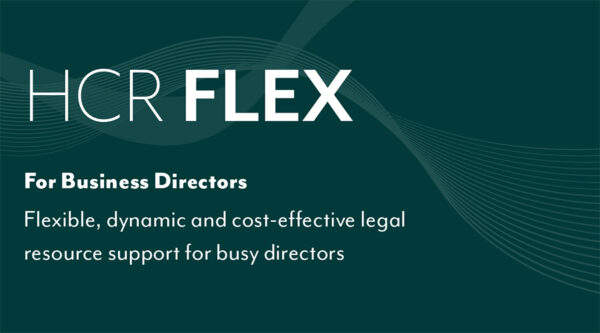

Agency and distribution are two common routes market. Both routes share similarities in how the product reaches the end user, but they differ significantly in legal structure, allocation of risk and control.
The key distinction is who contracts with the end customer. In an agency agreement, it is the supplier (or principal), whilst in a distribution agreement, it is the distributor. Further, there are differences as to what this means for the end-customer if there is a breach of the contract, or an issue with the product.
Agency agreements
An agency agreement authorises an agent (whether an individual or a company) to enter into contracts on behalf of the principal. This creates an agreement between the principal and the end user, the agent is not a party to that agreement. This arrangement may give the principal certain advantages, particularly in respect of the agent’s expertise in a particular territory. The expertise of an agent can often give the principal greater control and knowledge and allows the agent to negotiate terms of the sale of the products. This includes but is not limited to the price, and marketing of each of the products in a territory or market that the agent understands.
In the UK, agents enjoy statutory protections under the Commercial Agents Regulations 1993, which cannot be excluded by contract. These include, but are not limited to, rights to a minimum notice period, commission payments, and in some cases, compensation on termination of the agreement/arrangement, unless there has been a serious breach of contract by the agent. Local laws should also be reviewed and consulted, as there may be variations based on jurisdiction.
Distribution agreements
Unlike with agency arrangements, the distributor buys goods directly from the supplier rather than on behalf of a principal. Then the distributor sells the goods to the end user, creating a supply contract between the distributor and end user. The supplier therefore has less control, particularly over pricing and marketing, which will be largely determined by the distributor (subject to applicable competition law).
In a commercial context when supplying to an end user, if you decide to use a distribution agreement, the distributor will generally assume stock risk (e.g. unsold inventory) and bear the first line of responsibility for end-user claims or warranty issues, although ultimate product liability may still fall on the supplier or manufacturer under consumer protection and product liability laws.










